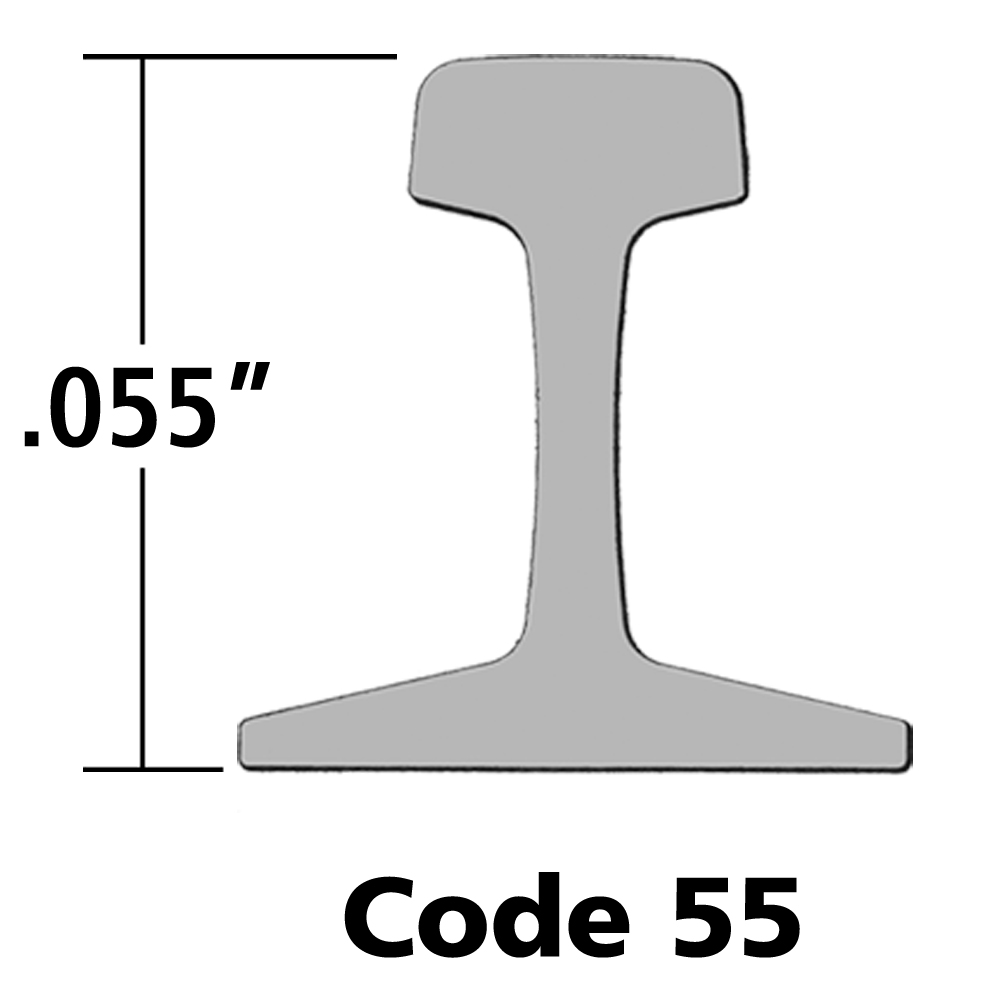
Q: I will be starting my first model railroad soon, a small N scale layout. I want to use code 55 track, but I’ve read mixed reviews about it. Do you have any suggestions, or should I stick with code 80 track? — Damien Bouchey A: When shopping for N scale track, you’ll see it […]
Read More…
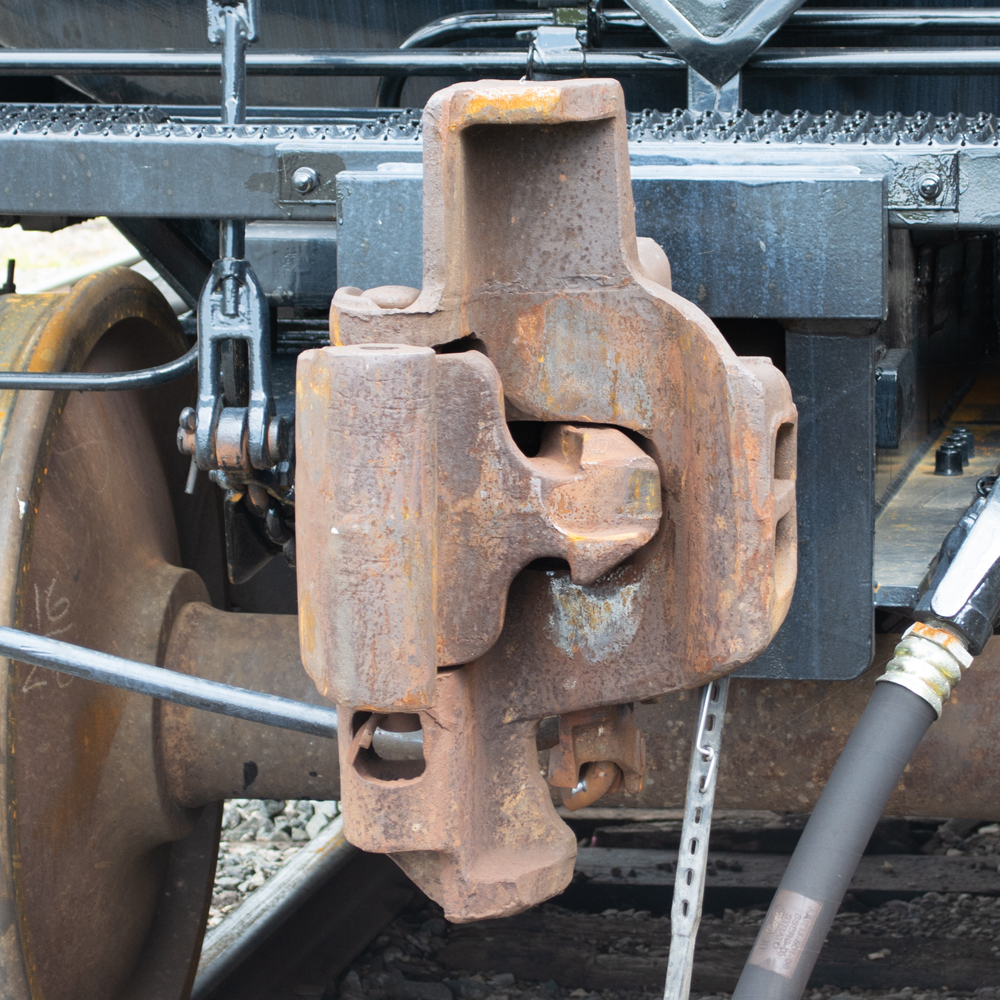
Q: I would like to know where to buy double-shelf couplers for HO scale tank cars. — Joseph Kuepfer A: Before we look at what’s available in HO scale, let’s back up a step and learn what double-shelf couplers are. In his article “HO knuckle coupler guide” from the November 2007 Model Railroader, former Senior […]
Read More…
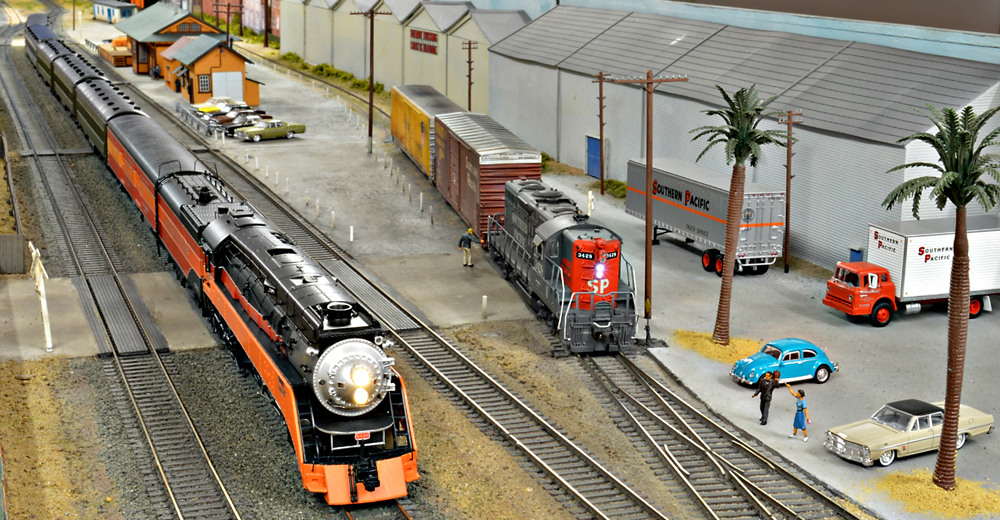
We’ve all been there before. Seated at the drafting desk, or perhaps the workbench, depending on how your layout room or workshop is set up, notebook open, pen in hand, writing out a list of desired traits for your soon-to-begin model railroad, maybe sketching possible track plans in the margins. A tale as old as […]
Read More…
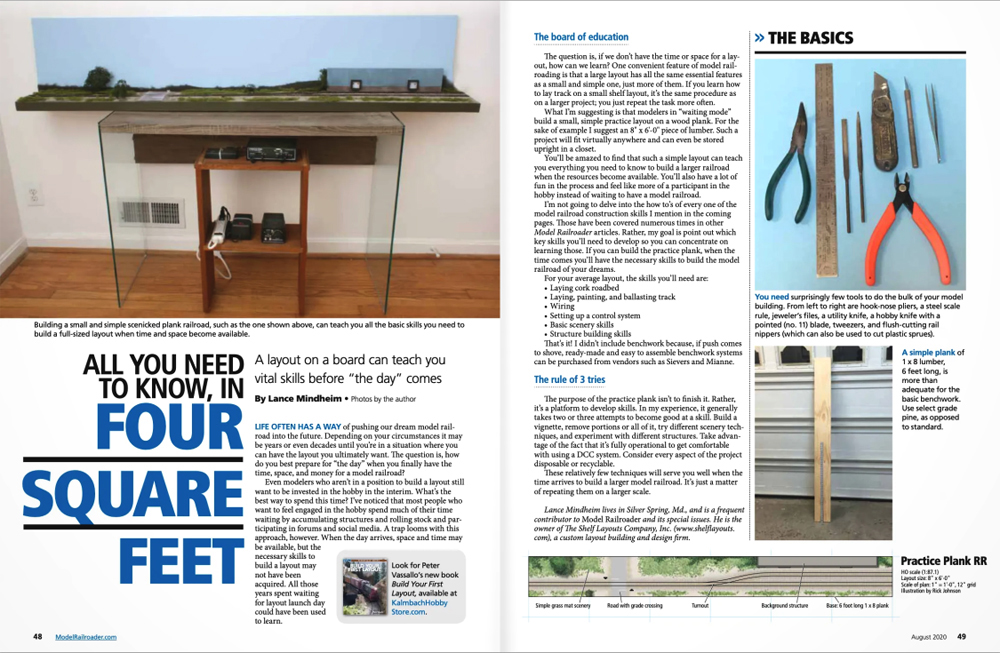
Q: I recall an article from a few years back that was about setting up a minimalist layout set on a bookshelf or board. It was intended as a quick and easy way to get started in the hobby, especially for those who don’t have a lot of space. I believe it used an NCE […]
Read More…
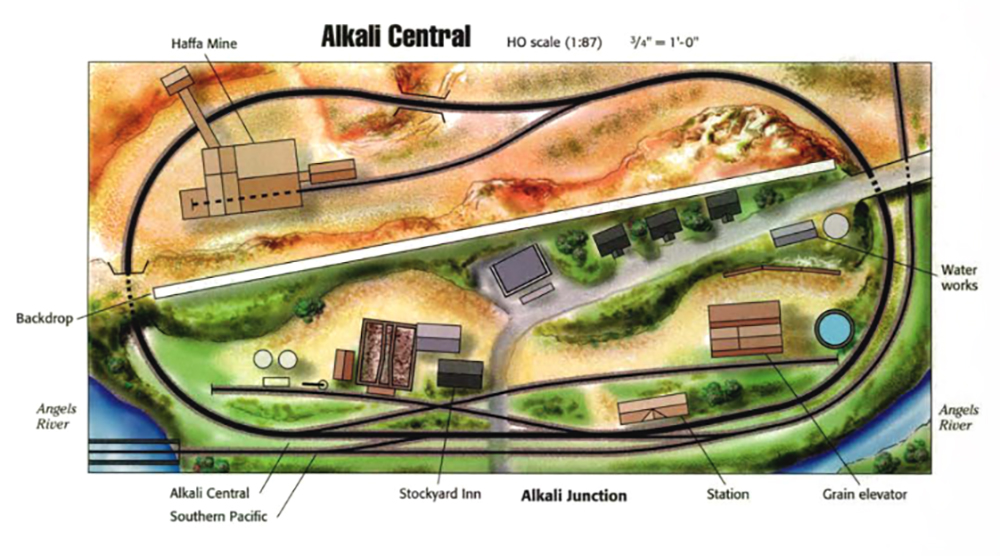
Track planning can go in so many different directions. That’s why it’s often helpful, especially for beginners, to start with an already created idea. From there, you can either fully recreate a plan or use it as a template to adapt as your own. The Trains.com Track Plan Database is a great starting point, with […]
Read More…
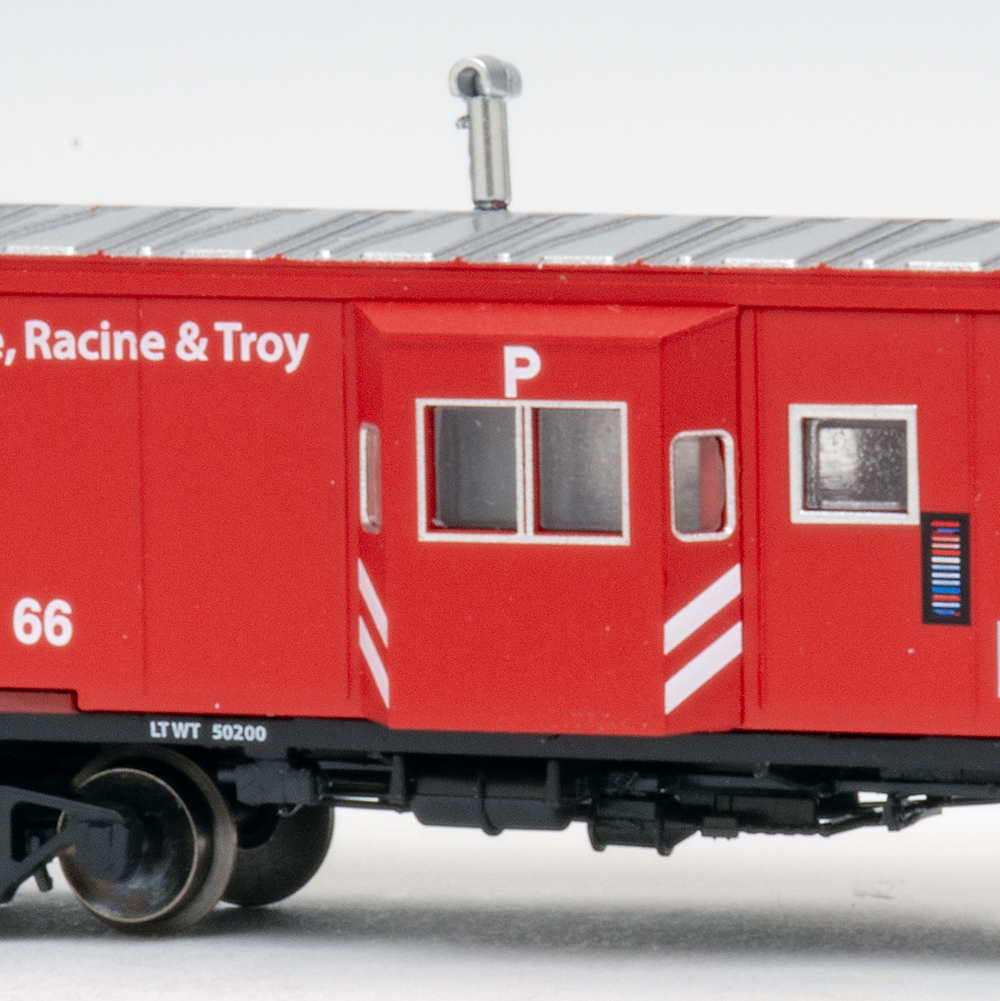
Q: I recently ordered one of the Milwaukee, Racine & Troy N scale bay-window cabooses from Shop.Trains.com. What does the “P” on top of the bay window stand for? — R. Anderson A: The “P” indicates it’s a pool caboose, one not assigned to an individual conductor or specific crew. Former Senior Editor Jim Hediger […]
Read More…
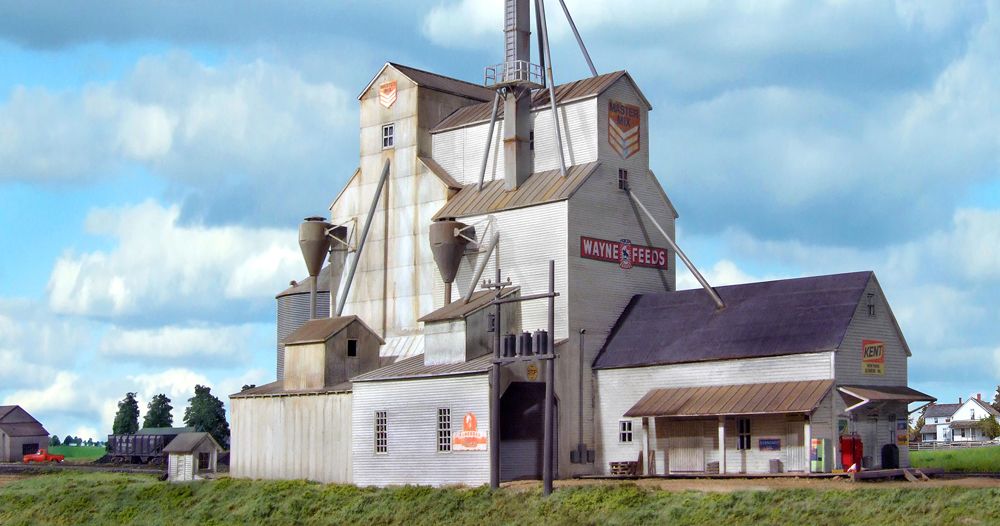
Last month we took a look at modeling urban scenery. This time around, we’ll step back from the big city and focus on rural scenery. I spent my formative years in the Red River Valley of the North, which was dotted with small towns up and down the Minnesota and North Dakota sides of the […]
Read More…
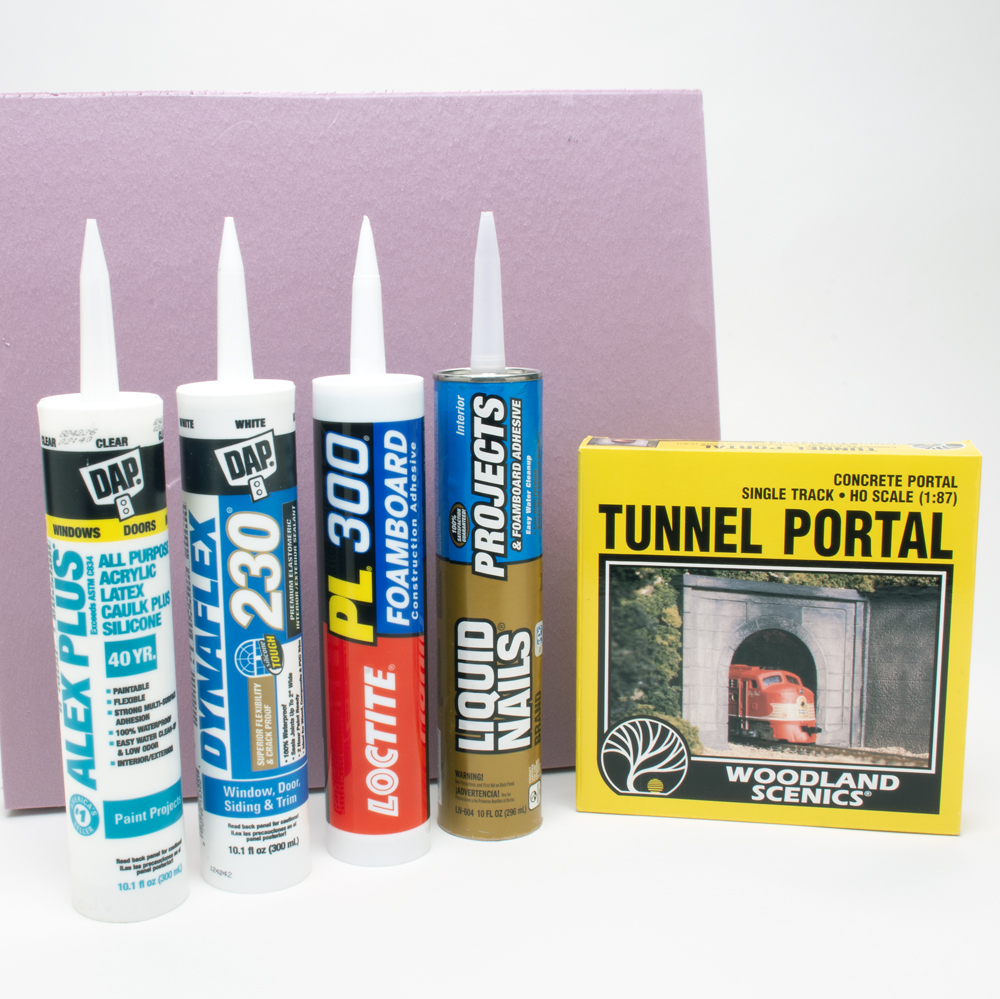
Q: I’m building a retaining wall using Woodland Scenics’ cut stone castings and want to attach them to extruded-foam insulation board. What is the best glue to use for this project? — Alan Cox A: The Woodland Scenics cut stone retaining walls are Hydrocal castings, so you’re going to want an adhesive that will work […]
Read More…
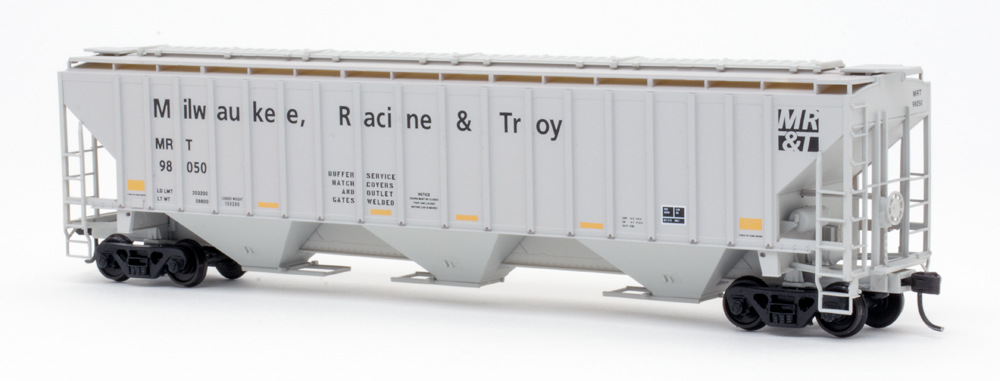
Q: Although I’m an N scale modeler, I read the review of the Milwaukee, Racine & Troy HO scale buffer car on Trains.com. Reading the description brought up a question. Do railroads designate cars to dedicated buffer service? If so, how are these cars identified as used in buffer service only? — Perry A. Pollino […]
Read More…
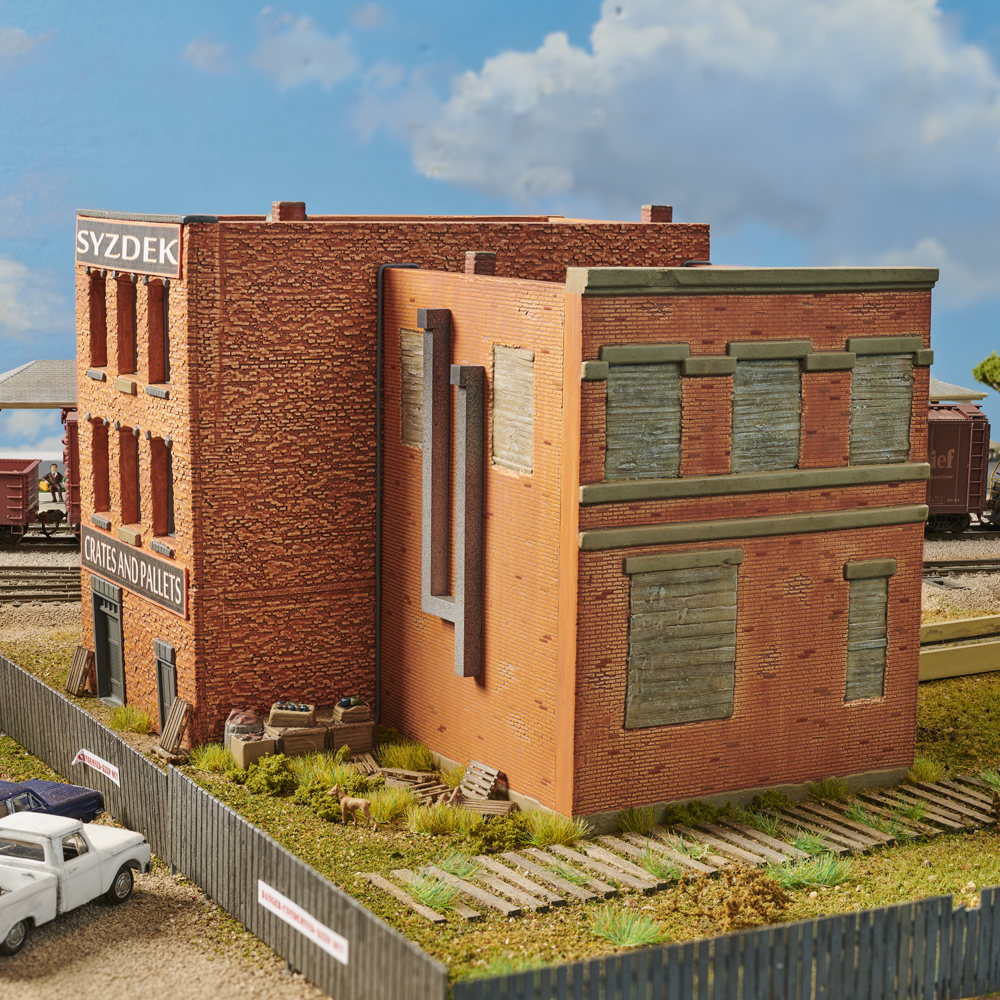
Q: What is recommended for attaching buildings and other structures to the substructure of a model railroad? — Byron Christmas A: There’s no one-size-fits-all way to attach a building to a model railroad. One of the most common methods for anchoring buildings to a layout is with white glue. The key attribute of white glue […]
Read More…
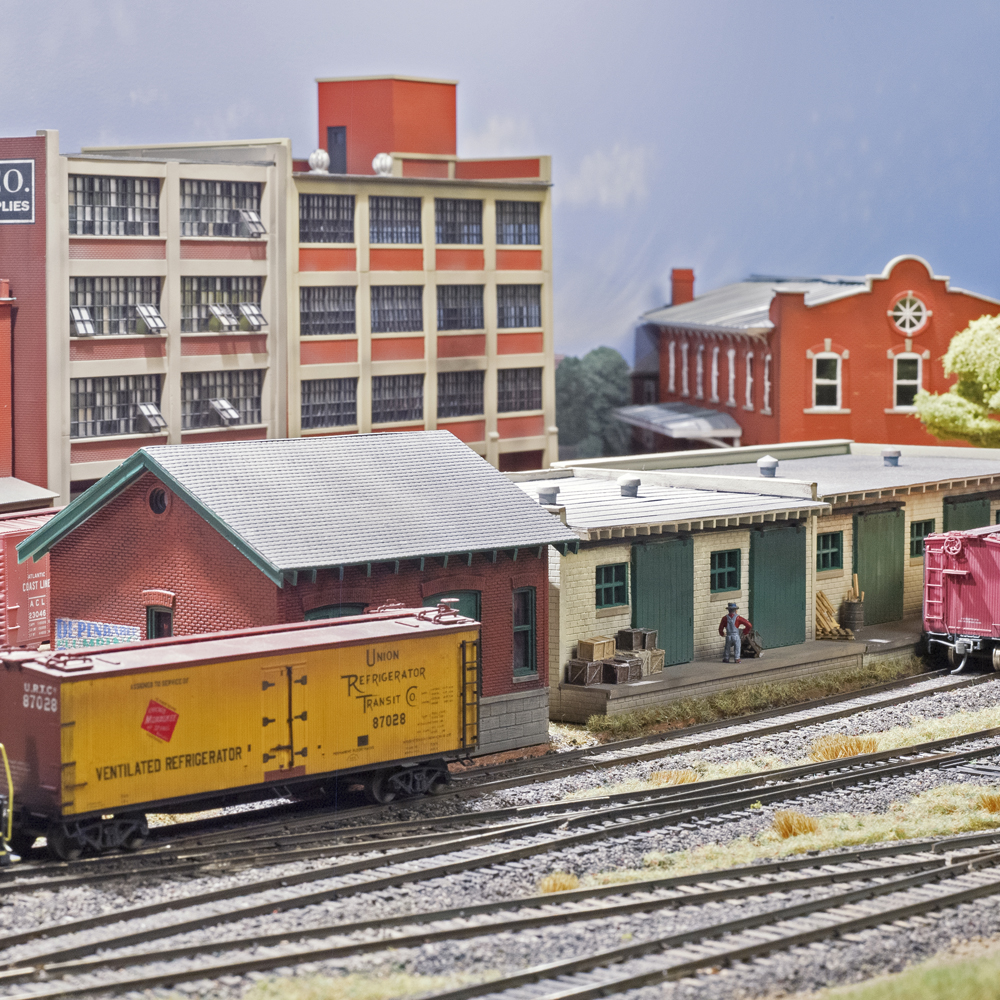
Q: On the Winston-Salem Southbound Tar Branch project layout there were three small industries in the middle. Do you have the brands and descriptions of the structures used? — Andy Sestak Before I answer your question, Andy, I want to back up a step to catch everyone up to speed. The Winston-Salem Southbound Tar Branch […]
Read More…
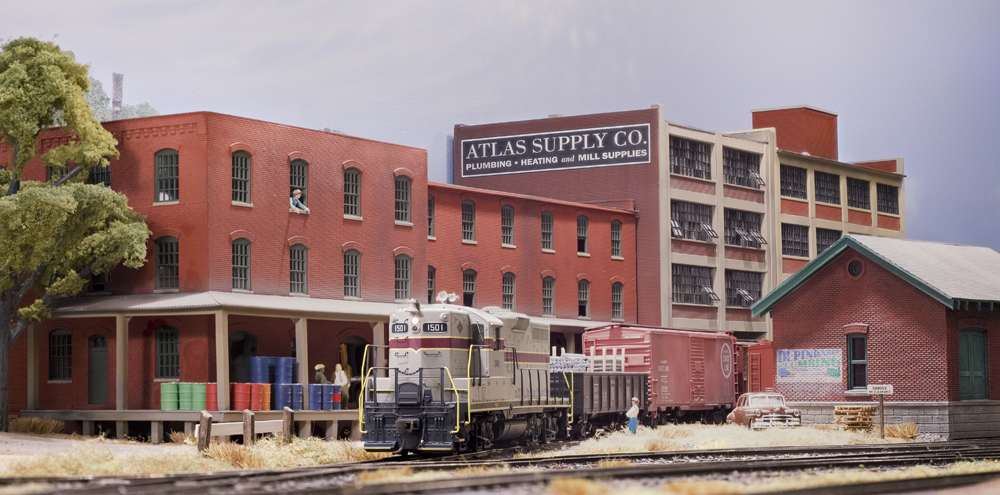
Contrary to popular belief, modeling an urban scene doesn’t require a bunch of space. Want proof? Check out the Winston-Salem Southbound, our 2018 project layout, shown in the photo above. The 2’-9” x 8’-2” HO scale shelf layout depicted the railroad’s Tar Branch in Winston-Salem, N.C. It featured more than a half-dozen rail-served industries, as […]
Read More…












